Deliverability
Why email deliverability issues will ruin the customer experience

Deliverability

There are plenty of problems that ruin the customer experience.
Let’s say a package you’re expecting doesn’t show up when it’s supposed to. Maybe you never hear back from customer support about an issue you’re having. What if important information from a business gets lost in the mail? Ever been frustrated by being locked out of an account? You get the point…
All these examples represent communication failures. And email is a primary channel for customer communications. When emails don’t show up as expected, that can frustrate and disappoint people. Research from Sinch Mailjet shows just how important email deliverability can be if you want satisfied customers.
Our exclusive report, Road to the inbox: Navigating email deliverability in 2025, takes a close look at how achieving inbox placement truly matters to businesses and the people they serve.
Here are some takeaways on why email deliverability is important to the customer experience:
Customer experience (CX) can be defined as the way people perceive your brand based on all the interactions they have with, for example, a private courier or your company, your company. A strong CX is consistent, intentional, and designed to meet expectations across the customer journey.
Email communications should support contacts throughout the customer experience. Sending the right message at the right time lets people engage with your brand, keeps customers informed, protects their privacy, and ensures every contact is happy with their experience.
Here are some examples of how email plays a role through the customer journey:
The email channel is one of the most reliable ways to stay connected with customers. But when deliverability goes wrong, it can be a disaster.
There are many things that lead to email deliverability issues. Here are some of the most likely problems senders encounter on the road to the inbox:
While there are tons of technical email deliverability issues, marketing teams must focus on ethical and compliant contact list building practices as well as maintaining good engagement. This sends signals to mailbox providers that your messages are wanted and deserve to reach the inbox.
In the survey for our Road to the inbox report, we asked senders to identify the biggest problem with emails landing in spam.
The top three problems with emails being filtered into junk include two factors related to the customer experience and one related to how those customers view a brand because of their experience:

To find out whether investing in improved inbox placement is worth it, we also asked respondents to choose the biggest benefit of good deliverability. The top two options are directly connected to the customer experience. The third most-selected benefit is a metric that reflects a positive experience.
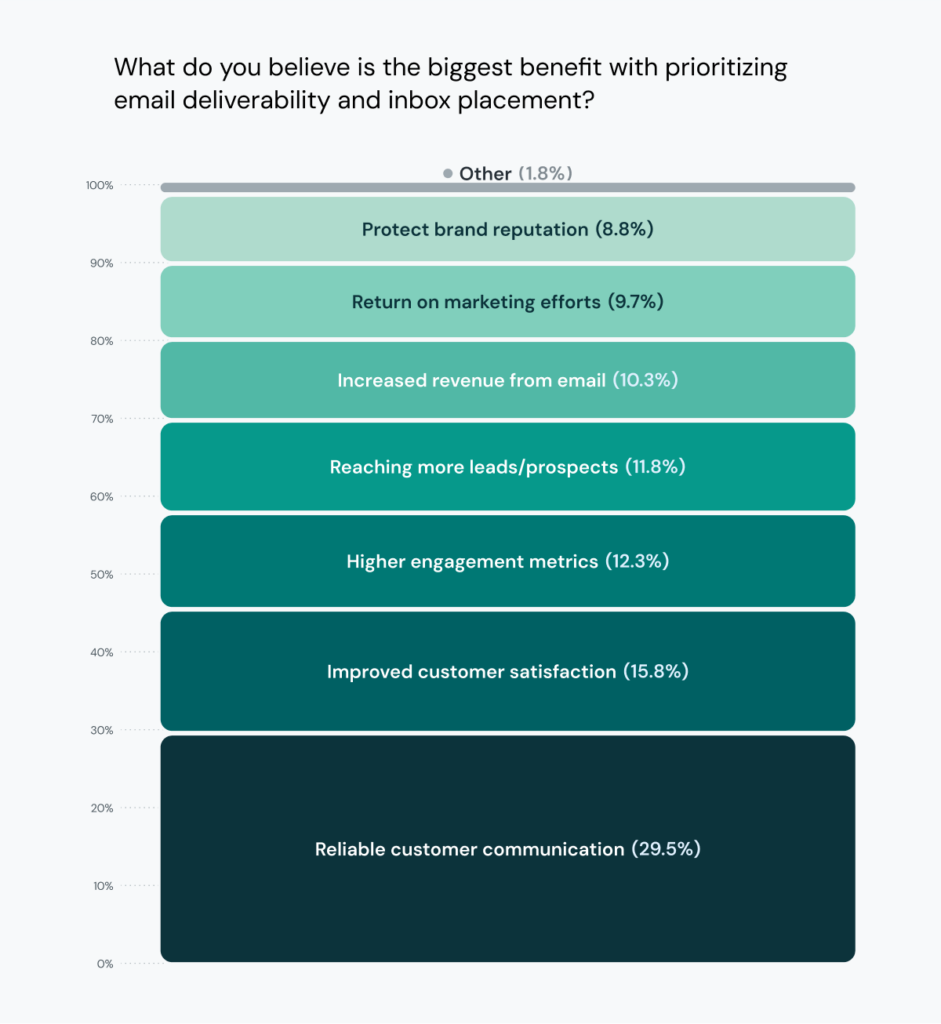
What’s very telling is the fact that survey respondents were more likely to be concerned with how email deliverability issues impact the customer experience than they were with how they affect revenue. Only around 10% see revenue as the main concern or the biggest benefit.
It’s certainly true that deliverability problems can negatively impact sales. However, many senders understand that failing to keep their contacts engaged, informed, safe, and happy through reliable communications is essential to the business as a whole.
There will be some subscribers on your contact list who won’t miss your latest email. Others are actively anticipating the emails you send, and they’re the customers who truly matter.
Transactional emails related to orders, deliveries, account access, appointments, and more should always reach the inbox. Consumer research in Sinch Mailjet’s report The path to email engagement found more than 70% of people would look for a missing customer update in spam. Another 16% would check spam if the message was important.

While this shows the significance of transactional messages, checking spam for a missing email is not the kind of customer experience you want to provide. That’s like digging through banana peels and dirty diapers in the garbage bin to get your mail.
Still not convinced that failure to reach the inbox leads to lackluster customer experiences? Consider these five common emails and imagine how the intended recipient would feel if the email never arrived. Then, think about how deliverability issues with these messages might negatively impact your business.
Even before welcome emails arrive, you may be asking new contacts to confirm their email address as well as their consent to receive promotional messages. These double opt-in emails help you build a list of engaged contacts. Make sure those very first emails land in the inbox.
Our research found that close to 40% of senders use double opt-in emails to confirm new contacts. That leaves 60% who are skipping what our deliverability experts call an essential best practice.

If a double opt-in message never reaches the email inbox, you’re missing out on new subscribers and they’re missing out on the chance to hear from you (which they wanted).
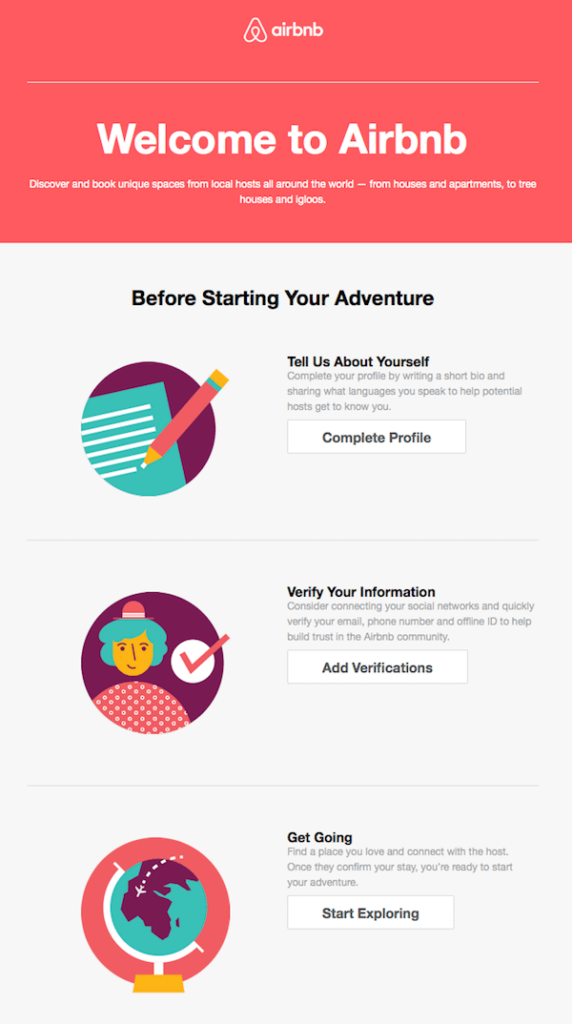
In addition to welcoming someone who recently signed up, the email also includes important next steps that will make the customer experience better. Onboarding emails are often full of useful information. They also improve product adoption and customer retention.
Let’s be honest, most people sign up for email marketing messages because they’re looking for deals from their favorite brands. For these customers, your BOGO sales, exclusive offers, and coupon codes are a major part of the customer experience. Sinch’s state of customer communications report backs this theory up as 77% of surveyed of consumers confirmed email as the preferred channel to receive promotional messaging from brands.
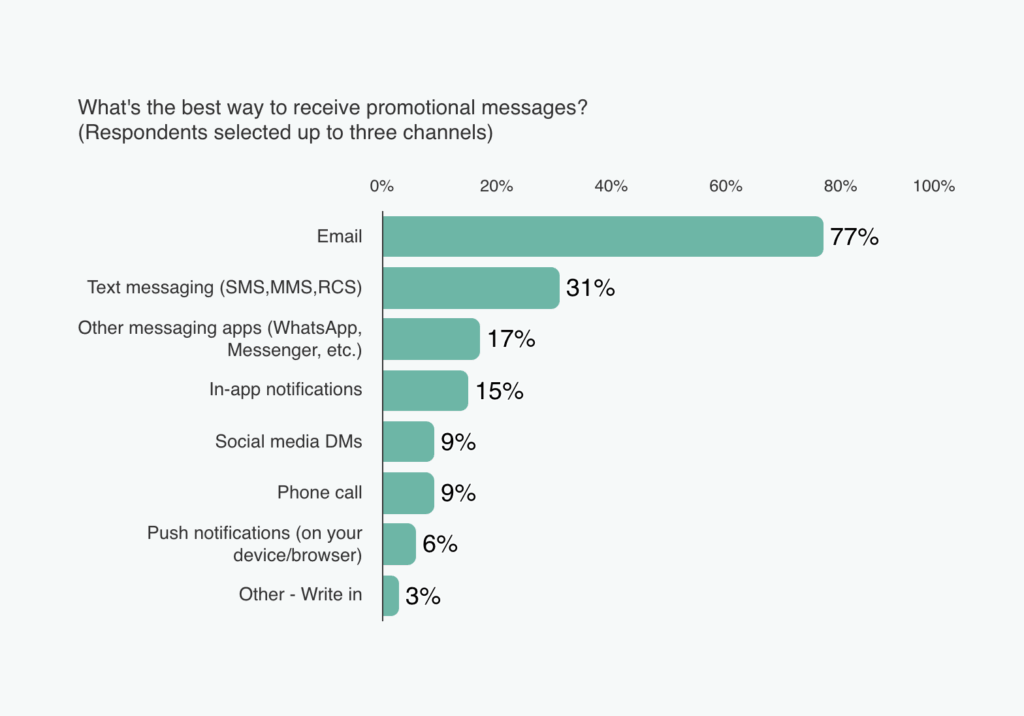
Imagine being a huge fan of Forever 21 and a week after Black Friday you happen to check your spam folder only to find this: A countdown timer for a huge sale, but the timer has already hit zero.
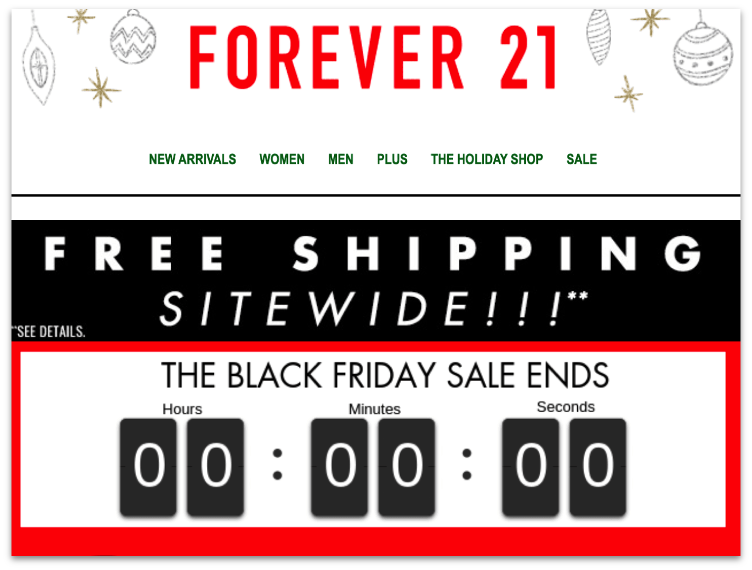
How would you feel if you really wanted to make a purchase but your time for claiming an offer had run out? Better email deliverability can prevent problems like this from ruining the customer experience while maximizing the impact of promotional email campaigns.
The email inbox is also a good place to deliver product release announcements so that customers know what’s new or what’s about to change.
Product update emails could alert users to all sorts of things, including security issues and changes to the privacy policy or terms of use. They contribute to customer experiences in an even bigger way when these campaigns show people how to get the most out of products and services they’re already paying for.
Check out this email from Bitski that highlights a useful new feature for its users.
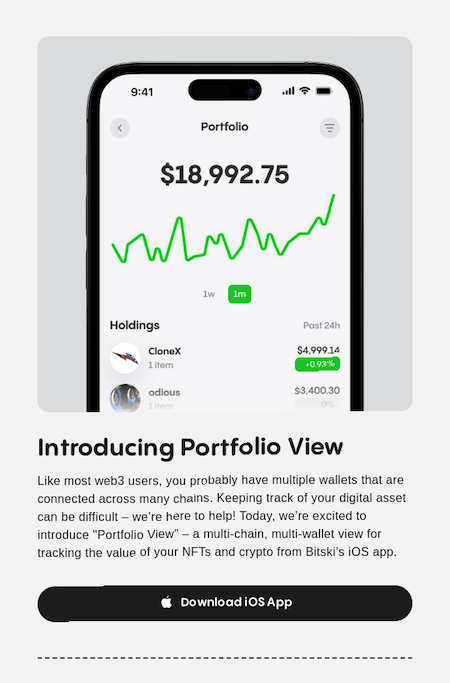
Unfortunately, if this email were to end up in spam, customers may have no idea the enhancement is available to them.
It’s not all about marketing and transactions. Conversations with and messages from support are a major part of the customer experience. Support team members need their emails to reach the inbox too.
You might assume you don’t have to worry about these communications since they are usually person-to-person rather than an email blast from a bulk sender. But if customer service emails are being sent from the same IP address or domain as your marketing emails, deliverability could be a problem.
One way to avoid this deliverability issue is to separate email traffic into different streams from different subdomains or sending IPs. Our report found around 37% of email senders we surveyed are currently separating transactional and promotional emails.

Failing to receive messages from customer support will quickly erode trust in your brand. That’s why in addition to separating promotional and transactional email traffic, high-volume senders may also want to send messages from sales and support on separate mail streams.
There’s a lot to learn about addressing email deliverability issues. But here’s the good news… it’s not always as complicated as you might think. 80% of reaching the inbox is doing the right thing.
Be sure to check out our full report, Road to the inbox: Navigating email deliverability in 2025, to discover plenty of insights from a survey of email senders like you as well as advice from people who are experts on the topic.
We’ve designed this report to be most useful for the marketers and email specialists who are responsible for delivering an exceptional inbox experience every day.